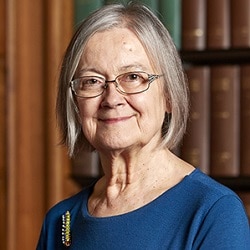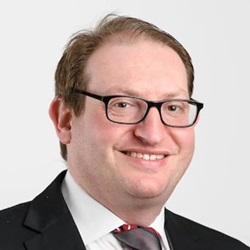
Hale: Shocking stories of discrimination
Women not being instructed in the best cases and “traditional assumptions about who gets what sort of judging job” are the main reasons for there being relatively few in the senior judiciary, Lady Hale has argued.
The president of the Supreme Court said: “We need to break down those assumptions and find ways of assessing judicial potential which do not focus on experience of advocacy in the courts in question.
“We need to find ways of enabling women who took a different career path to enter and make progress in the judiciary. This is beginning to happen. But there is still a suspicion that a non-traditional professional background – such as mine – is not rated as highly as the more traditional experience.”
Giving the Denning Lecture organised by BACFI – which represents employed and non-practising barristers – Lady Hale traced the “remarkably slow progress” of women lawyers over the past 100 years but said that “over the last 20 to 30 years we have seen that penny dropping – men and women getting the point of what the right to equal treatment is all about”.
But although “the battleground has shifted, the battle is not yet won”, she continued.
Part of that battle was fighting for “genuine equality of opportunity and equal treatment” in both the judiciary and the profession.
“I still hear shocking stories of discrimination – women not being instructed in the best cases and even being charged out at less money than the men doing the same sort of work,” Lady Hale said, citing a study earlier this year by The Lawyer on gendered instructions at the employment Bar and how the preference for instructing men was scuppering female barristers’ ambitions for silk.
“And if this is the picture in the ‘relatively feminised’ area of employment law, how much likely is it to be the picture in other areas of the law?” she asked.
“We certainly don’t see as many women appearing in the Supreme Court as we ought to do. Over the 10 years since we opened, they have been roughly one fifth of appearances, and I suspect that most of these will have been in supporting roles rather than on their feet. We heard from only one woman in Miller No 1 and none in Miller No 2.”
It was claimed recently that market forces will mean that commercial sets without a diverse gender pool at all levels will soon find themselves losing work to more gender-equal sets.
Lady Hale added that both sides of the profession needed to do more “to adapt themselves to the reality of women’s lives” and deal with sexual harassment in the workplace.
While the Bar Council has “an impressive set of policies on this”, she cited International Bar Association research earlier this year that found how harassment was just as likely in places which have policies and training as it in those that did not.
“Of course, the problem is not confined to the legal profession – although I suspect that certain features of self-employed practice may exacerbate it.”
The judge also highlighted the gender pay gap and the need maintain “recognition of the family as its own little social security system – one in which the partner who is economically stronger takes some responsibility for compensating the disadvantage suffered by the economically weaker partner as a result of their relationship”.
More broad was the need to be “much more astute to recognise and condemn the discriminatory effects of certain policies in the field of social welfare”.
Lady Hale concluded: “That is a big enough agenda to be going on with. My hope for the next 100 years is that the parity which women have achieved in joining the profession will lead both women and men to do whatever they can to promote the cause of women’s equality in the future – not all women are feminists but many men are and that gives us hope for the future.”














Leave a Comment